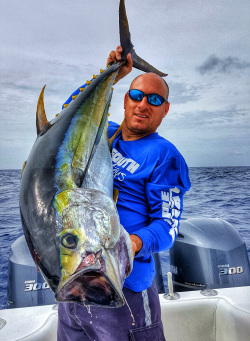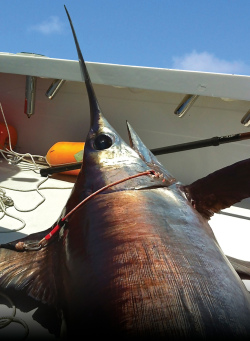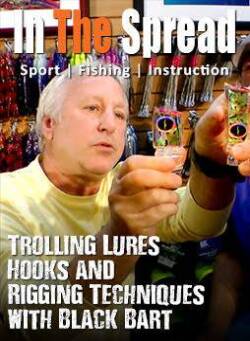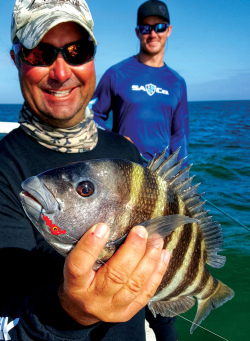Altimetry is a crucial data point for offshore fishing trips, revealing upwellings and downwellings in the ocean. Knowing where good upwelling occurs can guide the fishing route. Tom Hilton demonstrates how to use altimetry charts to catch more fish.
How Altimetry Charts Work - Fishing Forecast
(00:07:34)
Watch Full Video
View Short Trailer
Instructor:
Thomas Hilton
Description
/
Review
/
Instructor
Summary of Key Points
- Altimetry Maps: Understand how to read wave height maps.
- Upwelling: Cooler, nutrient-rich waters pushed up from the deep; high in phytoplankton and zooplankton.
- Food Chain: Squid, bait fish, and larger pelagic species are drawn to upwelling areas.
- Best Fishing Spots: Edges of upwellings.
- Downwelling: Opposite of upwelling; nutrients are pulled down causing offshore gamefish to leave.
- Reading the Imagery: Understand upwelling (nutrient-rich) and downwelling (nutrient-poor) currents.
- Benefits: Save time & money by locating productive fishing waters.
- Thomas Hilton's Insight: Altimetry data helps understand upwelling cyclones and downwelling warm core eddies.
Login
to leave a review.
User Reviews
There are no reviews yet.We Recommend
0




